Is Asian Food Healthier? A Spicy Comparison Between East and West
In the ever-evolving world of food trends, a common question many health-conscious eaters ask is: Is Asian food actually healthier than Western cuisine? With its bold flavors, fresh ingredients, and diverse use of spices, it’s no wonder that dishes from countries like Japan, Thailand, China, and India are often touted as nutritional powerhouses.
In this article, we’ll explore whether these assumptions hold up under the culinary microscope. Along the way, we’ll delve into spice basics, highlight practical tips for making healthier choices at your favorite Asian restaurant, and compare how different cooking styles and ingredient selections impact overall nutrition. Buckle up — we’re about to take a flavorful journey through East and West!
Table of Contents
- What Makes Asian Food "Healthy"?
- Spice Up Your Life: The Role of Spices in Health
- Comparison Table: Asian vs. Western Dishes
- Top 5 Healthy Asian Ingredients You Should Be Eating
- How to Order (or Cook) Healthier Asian Meals
- Buying Guide: Essential Kitchen Tools for Healthy Asian Cooking
- Final Thoughts: Is Asian Food Really Healthier?
What Makes Asian Food "Healthy"?
When people talk about Asian food being healthy, they usually refer to three key components:
- Fresh ingredients: Many traditional Asian dishes feature a high volume of vegetables, lean proteins, and whole grains.
- Balanced flavor profiles: Using minimal oil and incorporating umami, sour, sweet, and spicy elements keeps dishes flavorful without relying on excessive fats or sugars.
- Cooking methods: Steaming, stir-frying, and boiling are common techniques that preserve nutrients and avoid heavy processing.
But let’s not forget — not all Asian food is automatically healthy. Some dishes can be high in sodium, sugar, or unhealthy fats if prepared with less-than-ideal ingredients or cooking methods.
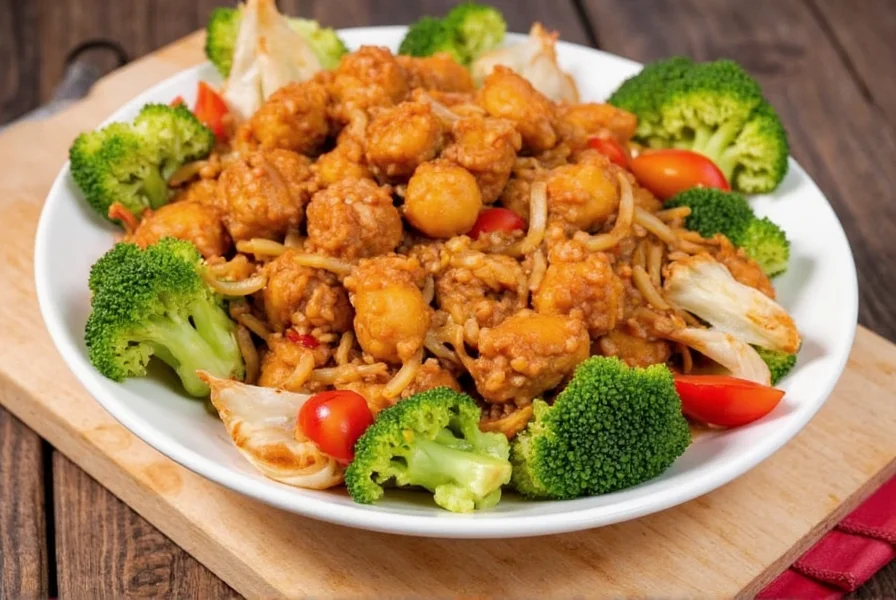
Spice Up Your Life: The Role of Spices in Health
One of the defining features of many Asian cuisines is the liberal use of spices and herbs. Beyond adding flavor, spices like ginger, turmeric, chili peppers, garlic, and lemongrass have been linked to numerous health benefits:
- Ginger: Known for its anti-inflammatory properties and ability to aid digestion.
- Turmeric: Contains curcumin, a powerful antioxidant that may reduce inflammation and improve brain function.
- Chili Peppers: Rich in capsaicin, which can boost metabolism and support heart health.
- Lemongrass: Used in Thai and Vietnamese cooking, it has antimicrobial properties and helps reduce cholesterol levels.
These spices are often used in their natural forms — ground, sliced, or crushed — rather than hidden in pre-packaged seasonings, giving you more control over what goes into your meal.
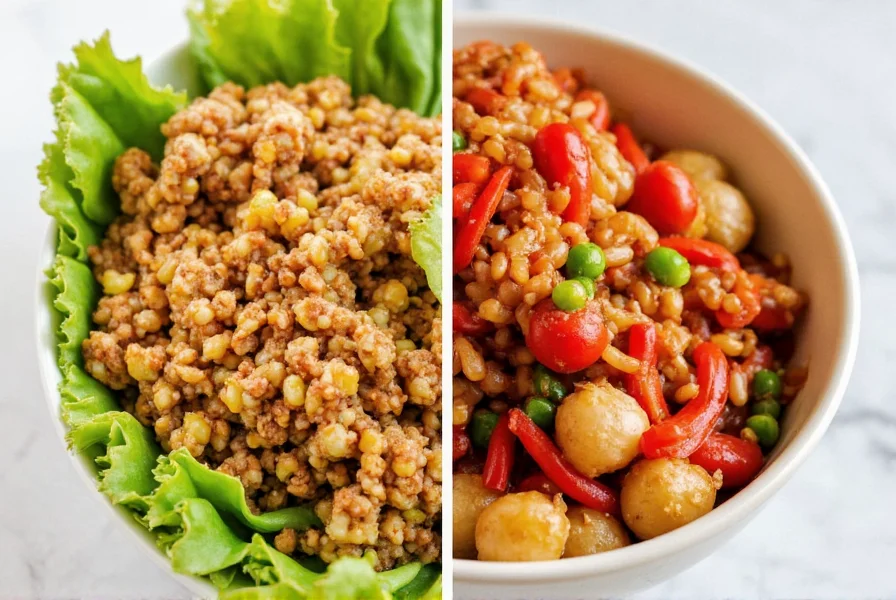
Comparison Table: Asian vs. Western Dishes
Let’s break down some common dishes from both sides of the globe to see how they stack up in terms of calories, fat, protein, and fiber content:
| Dish | Calories | Total Fat (g) | Protein (g) | Fiber (g) |
|---|---|---|---|---|
| Pad Thai (Thai Stir-Fried Noodles) | 400–500 | 12–18 | 10–15 | 3–5 |
| Grilled Chicken Caesar Salad | 500–700 | 25–35 | 20–30 | 2–4 |
| Sushi Rolls (Tuna & Avocado) | 300–400 | 6–9 | 12–18 | 2–3 |
| Hamburger with Fries | 800–1000 | 40–50 | 20–25 | 3–5 |
| Miso Soup with Tofu & Vegetables | 100–150 | 2–4 | 6–8 | 1–2 |
| Pizza (Cheese or Pepperoni) | 250–350 per slice | 10–15 | 10–15 | 1–2 |
As you can see, many traditional Asian dishes tend to be lower in calories and saturated fat compared to popular Western meals. However, portion sizes and preparation methods play a big role in the final nutritional value.
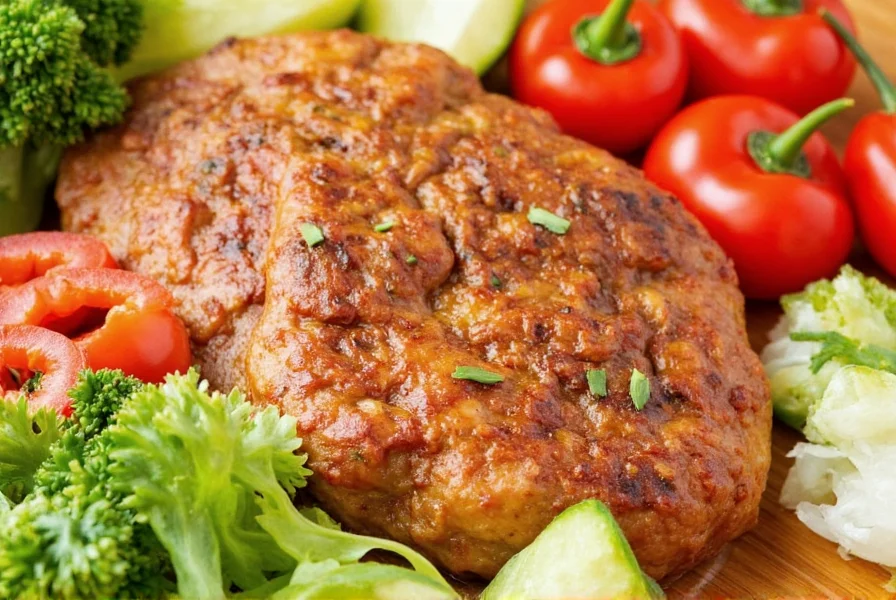
Top 5 Healthy Asian Ingredients You Should Be Eating
If you're looking to add more nutritious options to your diet, here are five powerhouse ingredients commonly found in Asian cooking:
- Miso: A fermented soybean paste rich in probiotics and essential minerals.
- Tofu: High in plant-based protein, calcium, and iron. Great for vegetarian and vegan diets.
- Bamboo Shoots: Low in calories and high in fiber and potassium.
- Natto: Fermented soybeans packed with vitamin K2 and beneficial bacteria.
- Konjac Noodles: Made from konjac root, these noodles are low in calories and carbs — perfect for low-carb or keto-friendly diets.
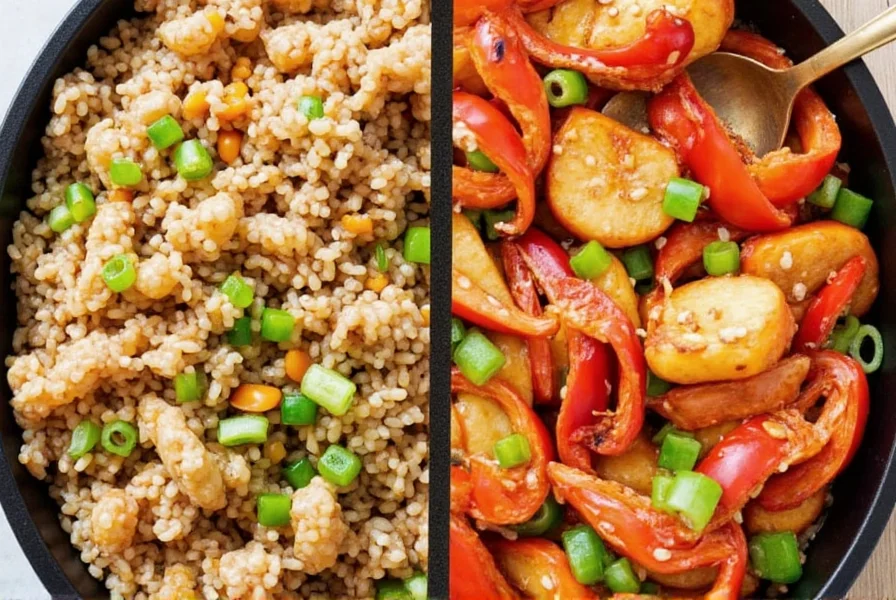
How to Order (or Cook) Healthier Asian Meals
Whether you’re dining out or cooking at home, here are some pro tips to ensure your next Asian dish stays on the healthy track:
- Ask for steamed instead of fried: Steamed dumplings, rice, and veggies retain more nutrients and are much lighter.
- Opt for brown rice or quinoa: These whole grains offer more fiber and sustained energy compared to white rice.
- Go easy on sauces: Soy sauce, teriyaki, and sweet chili sauces can be high in sodium and sugar. Ask for them on the side or request a reduced-sodium version.
- Add extra veggies: Load up your order with broccoli, bok choy, mushrooms, and leafy greens for extra fiber and vitamins.
- Use lean proteins: Choose chicken, tofu, shrimp, or fish over fatty cuts like pork belly or duck.
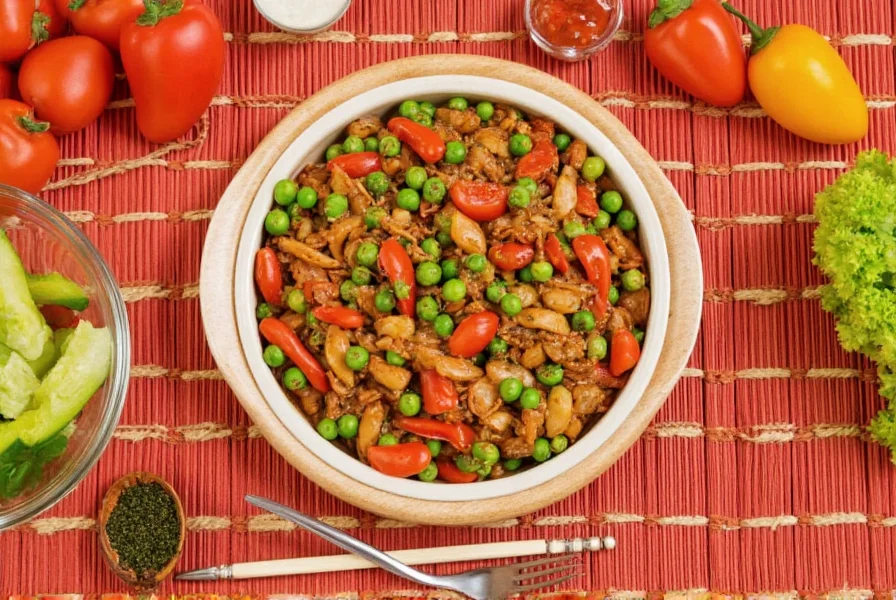
Buying Guide: Essential Kitchen Tools for Healthy Asian Cooking
To bring authentic Asian flavors into your kitchen without compromising on health, you’ll need a few essential tools. Here are some top picks tailored for beginners and seasoned cooks alike:
-
Rice Cooker (e.g., Zojirushi Neuro Fuzzy Rice Cooker)
Features: Smart settings for brown rice, quinoa, sushi rice, and more.
Advantages: Consistent results, time-saving, energy-efficient.
Use Case: Perfect for meal prep and batch cooking.
Target Audience: Home cooks who want convenience and versatility.
Suitable Occasions: Weeknight dinners, healthy lunch bowls. -
Cast Iron Wok (e.g., Lodge Pre-Seasoned Cast Iron Wok)
Features: Natural non-stick surface, heat retention.
Advantages: No chemicals or coatings, durable.
Use Case: Ideal for stir-frying, searing, and even baking.
Target Audience: Cooking enthusiasts who enjoy hands-on prep.
Suitable Occasions: Quick weeknight meals, weekend experiments. -
Steamer Basket (e.g., OXO Good Grips Stainless Steel Steamer)
Features: Collapsible design, fits most pot sizes.
Advantages: Preserves nutrients, easy to clean.
Use Case: Great for steaming vegetables, fish, and dumplings.
Target Audience: Health-focused families and singles.
Suitable Occasions: Healthy breakfasts, detox meals. -
Mini Chopper (e.g., Hamilton Beach Mini Chopper)
Features: Compact size, easy blade removal.
Advantages: Saves time chopping herbs and aromatics.
Use Case: Perfect for small batches of garlic, ginger, or chili paste.
Target Audience: Busy professionals and college students.
Suitable Occasions: Quick sauces, marinades, dips. -
Bamboo Steaming Trays (e.g., Joyjolt Bamboo Steamers)
Features: Traditional layered trays, eco-friendly.
Advantages: Retains moisture, imparts subtle aroma.
Use Case: Excellent for dumplings, buns, and vegetables.
Target Audience: Cultural food lovers and entertainers.
Suitable Occasions: Family gatherings, dinner parties.
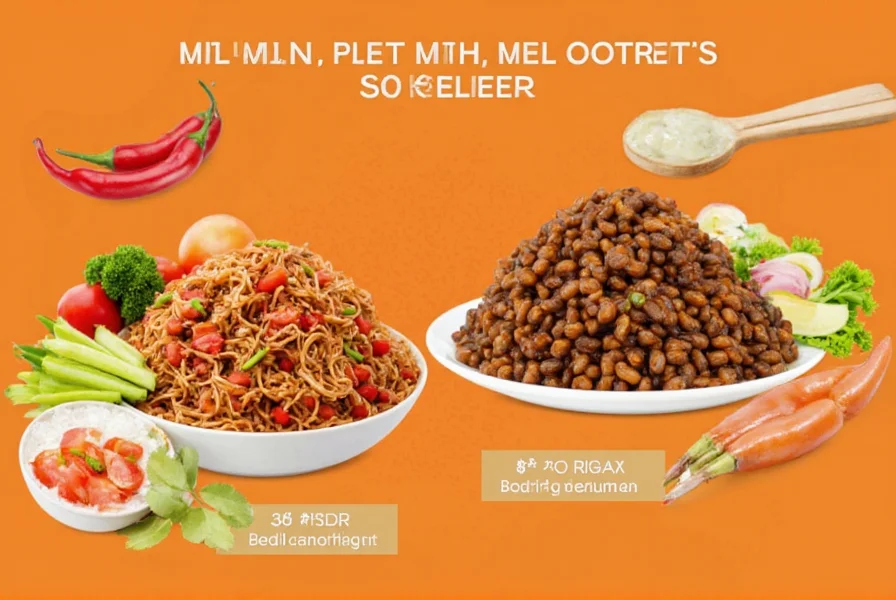
Final Thoughts: Is Asian Food Really Healthier?
So, after all that flavor-filled exploration, can we confidently say that Asian food is healthier? The answer is a cautious “yes” — but only when certain conditions are met.
- When cooked traditionally, Asian food offers a balanced mix of macronutrients, fiber, and phytonutrients.
- When made with fresh ingredients, it supports gut health and immune function thanks to natural fermentation and spice usage.
- When consumed mindfully, it encourages portion control and mindful eating practices.
However, it’s important to remember that any cuisine can become unhealthy depending on how it's prepared. Fast-food versions of Asian dishes — like deep-fried egg rolls or overly saucy takeout — can pack in empty calories, excess salt, and unhealthy fats.
The bottom line? Don’t get too caught up in labeling one cuisine as “better” than another. Instead, focus on the principles behind healthy eating — balance, variety, moderation, and flavor — and apply them across the board. Whether you're savoring sushi or spaghetti, the secret to long-term wellness lies in how you cook, not just what you eat.
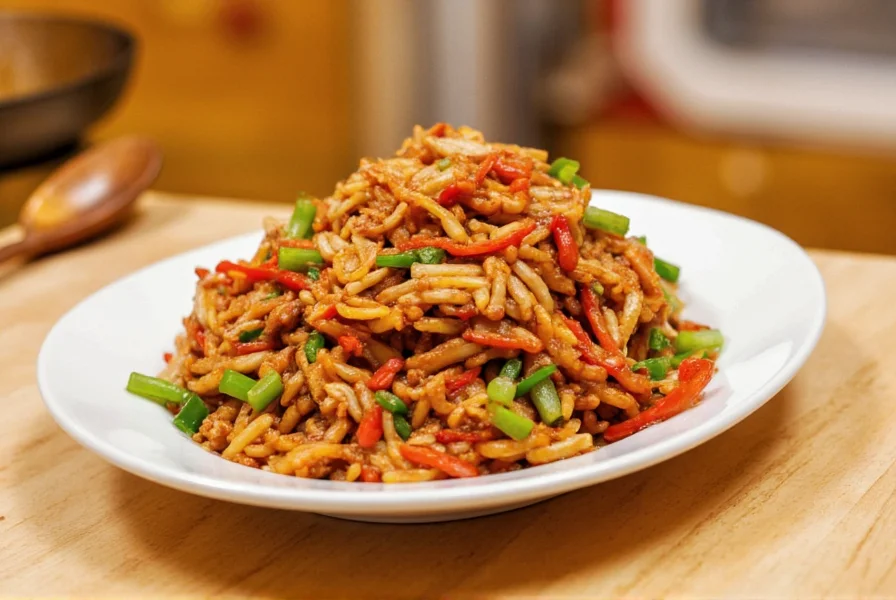
So next time you’re craving something new, don’t shy away from the menu section labeled 'Asian.' Just remember to choose wisely, cook smartly, and season generously — your taste buds and your body will thank you.

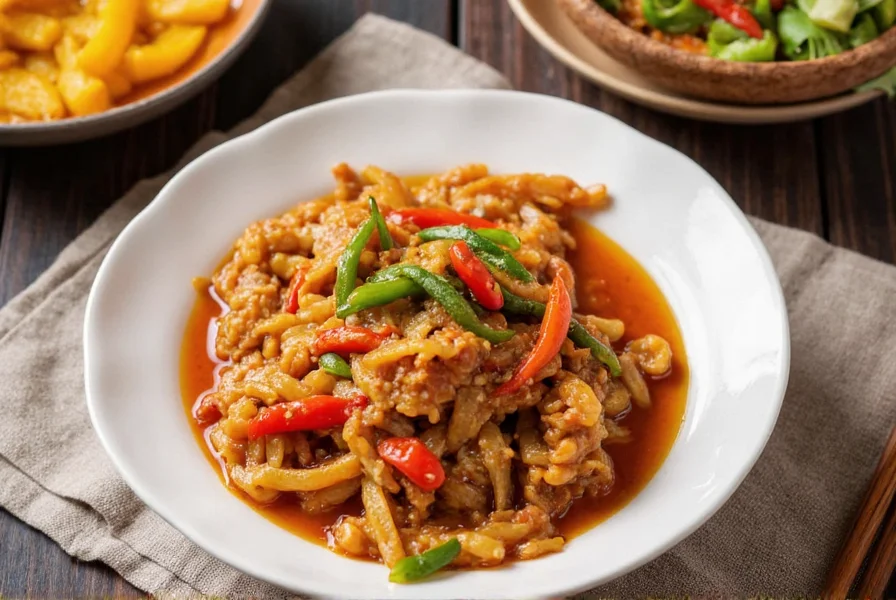









 浙公网安备
33010002000092号
浙公网安备
33010002000092号 浙B2-20120091-4
浙B2-20120091-4